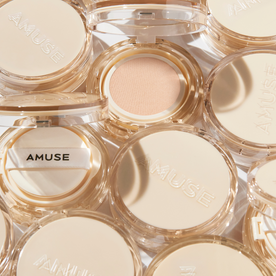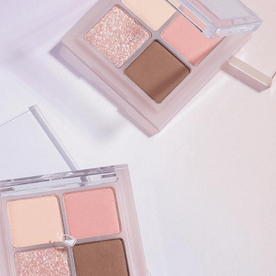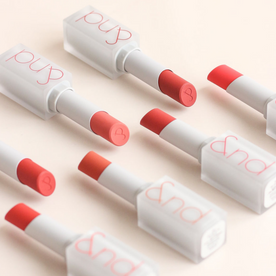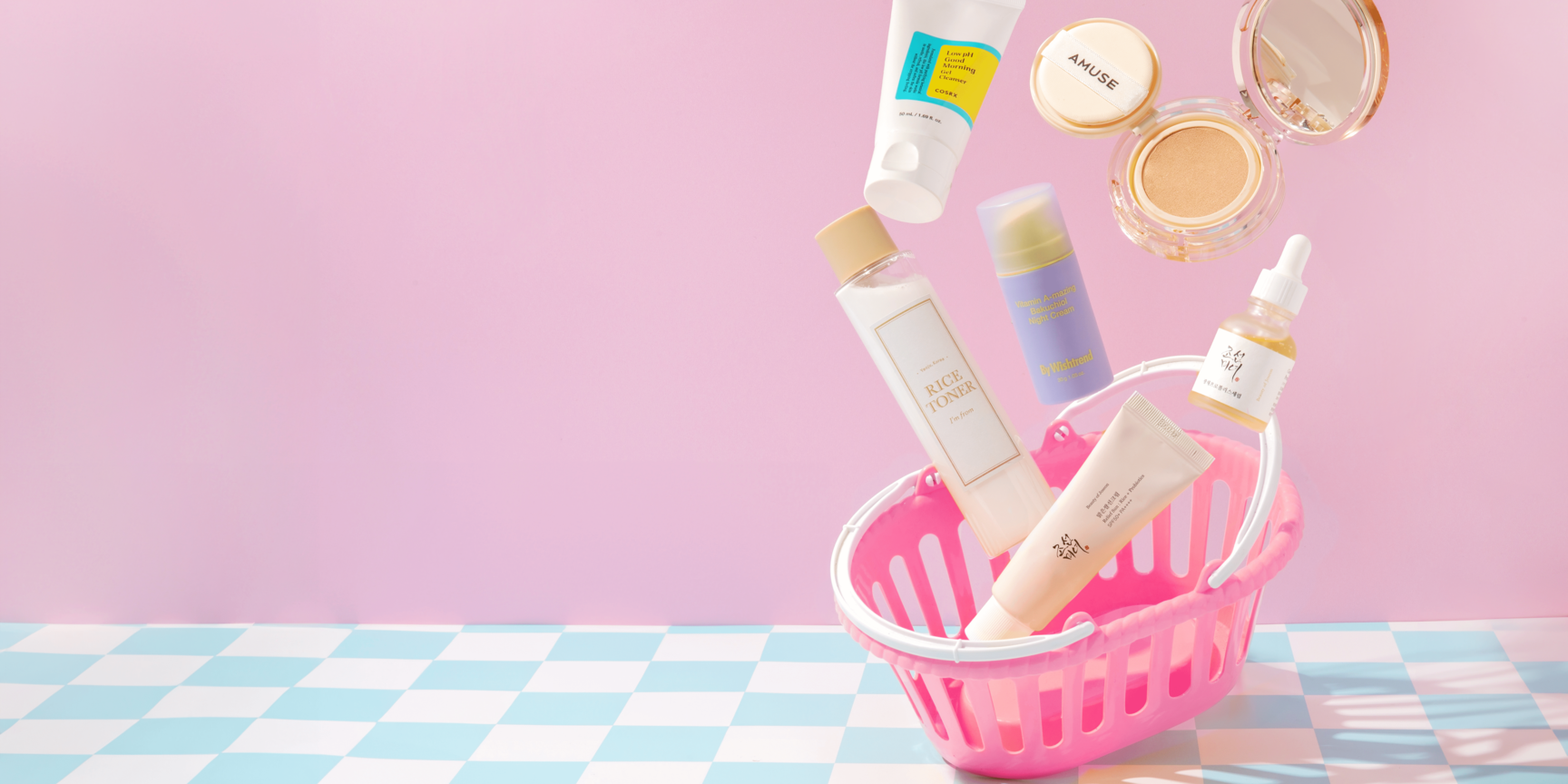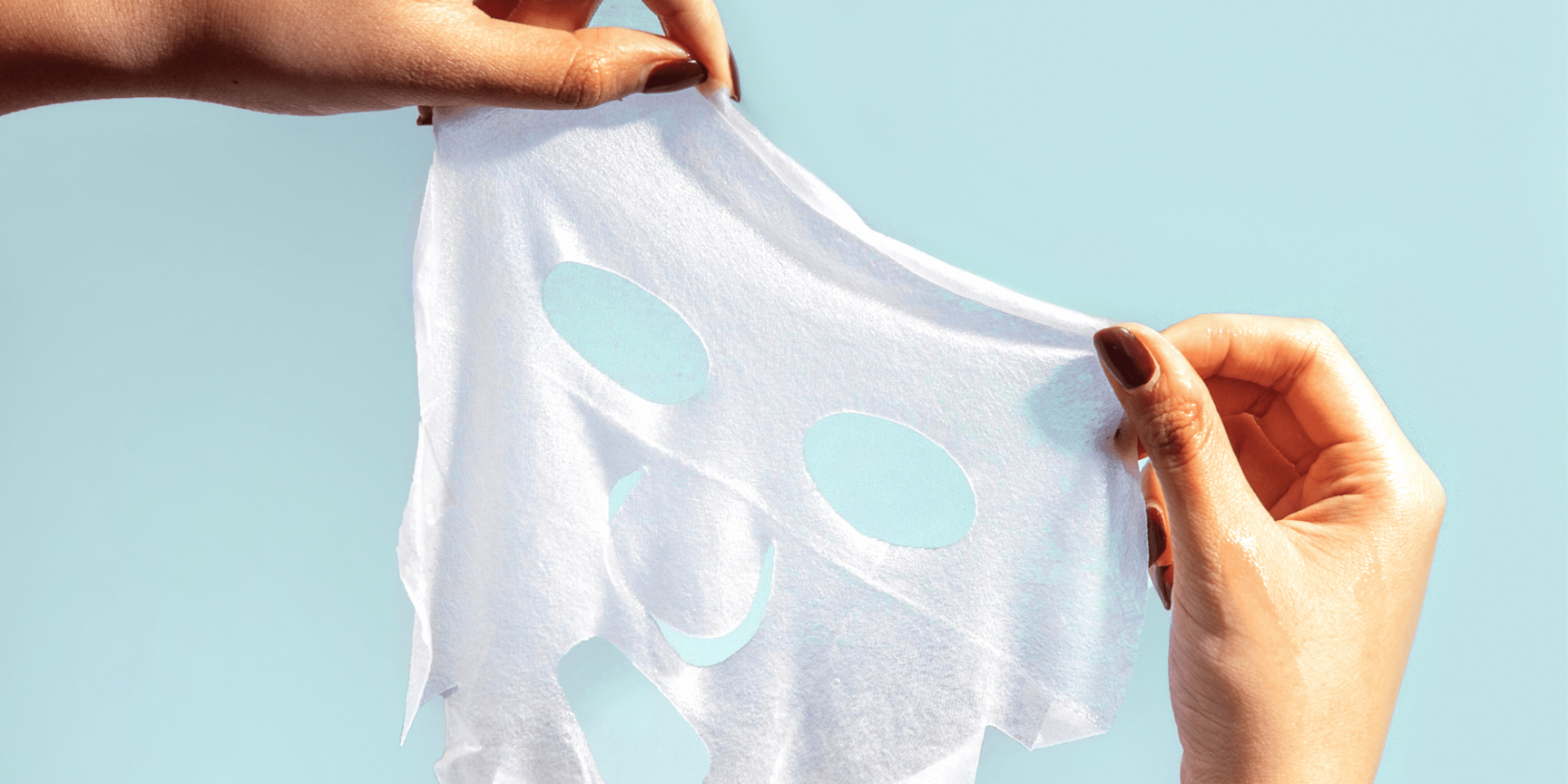ACIDS 101
Acids can be valuable additions to your skincare routine, but they can be intimidating. The fear of over-exfoliating is real! However, armed with a little knowledge and a dose of caution, you can effectively use acids in your skincare routine to clear pores, keep skin bright and luminous, and fade unwanted dark spots.
Have skincare goals? Find out how acids can help with our Acids for Skincare Goals article!
What Kinds Of Acids Are There?
The main categories of exfoliating acids include AHA, BHA, and PHAs. Using one or a combination of these products can get you closer to your skin goals, whether it’s treating enlarged pores or reducing pigmentation.
AHA: Alpha Hydroxy Acids
The most popular AHAs include glycolic acid, lactic acid, and mandelic acid (though there are others). AHAs dissolve skin cells at the surface of the skin, allowing them to be sloughed off and revealing the smoother, younger-looking skin underneath. AHAs can help fade dark spots, give skin a glow, and keep pores clear to prevent breakouts.
Of the AHAs, glycolic acid has the smallest molecular structure, and penetrates deepest within the skin. It may provide faster results than other AHAs, but may also dry the skin out more than other forms. Mandelic acid has the largest molecular structure of the commonly-used AHAs, making it the gentlest AHA and a great choice for beginners.
BHA: Beta Hydroxy Acids
BHAs commonly used in KBeauty include both salicylic acid and betaine salicylate (a gentler form). BHAs are oil-soluble, unlike AHAs, so they have the ability to penetrate through sebum, reaching the inside of pores. This property makes BHAs great for exfoliating within pores, keeping pores clear and dislodging blackheads and clogs. Because BHAs have anti-inflammatory and anti-bacterial properties, they make excellent acne treatments.
PHA: Poly Hydroxy Acids
PHAs are gentler acids that have larger molecular structures than AHAs. They provide exfoliation benefits without the potential side effects of irritation and dryness. Commonly used PHAs include gluconolactone and lactobionic acid. PHAs may be the easiest acids for beginners to try, and don’t need to be used in a particular order within a skincare routine.
How Should You Use Acids In Your Skincare Routine?
Because acids are highly active substances, you’ll get the best results if you use them immediately after cleansing, or after a pH-adjusting toner. The idea is that the closer to your skin they are, the more effective acids can be at doing their work. Many acids come in a gel or liquid form, and can be carefully applied after washing your face.
The exception to this would be acids that come in a cream form which should be used after your serum step. If they are adequately moisturizing, they can replace your cream step.
How Often Should You Use Acids?
If you’re a beginner to acids, we suggest using gentle acids once every other day, preferably at night (to minimize sun sensitivity). If your results are good when using every other day, you can move up to using acids once a day. If skin stings, feels itchy, irritated, or tight, scale back to using acids every 2 or 3 days.
If using a stronger peel with a high concentration of acid, be sure to follow the instructions on the package, as you may only be able to use it every week or two.
Can You Use Multiple Acids at Once?
You can use more than one acid throughout your day, but be very careful that you don’t over-exfoliate your skin. If skin feels tight, flaky and dry, or sensitive and irritated, scale back on your acid products. We recommend not using more than one acid at each skincare routine. You may choose to use vitamin C in your morning routine, and use a BHA or AHA in your evening routine. Take a look at our Mixology article to find out how to mix actives safely!
Tips
- Always apply sunscreen after using acids – they make the skin photosensitive
- Monitor your skin for signs of over-exfoliation, like redness or irritation
- Check your product ingredients for acids, you may be applying more than you think
- Always patch test to make sure your skin doesn’t react to the acid in your product
- Concentration matters – if you experience irritation, you may just need to use a lower concentration of acid
Acids are great additions to your everyday skincare routine. When used with care, they can give dramatic results and help you meet your skin goals. Have a specific exfoliant in mind? Find what you’re looking for in our exfoliating collection.









































